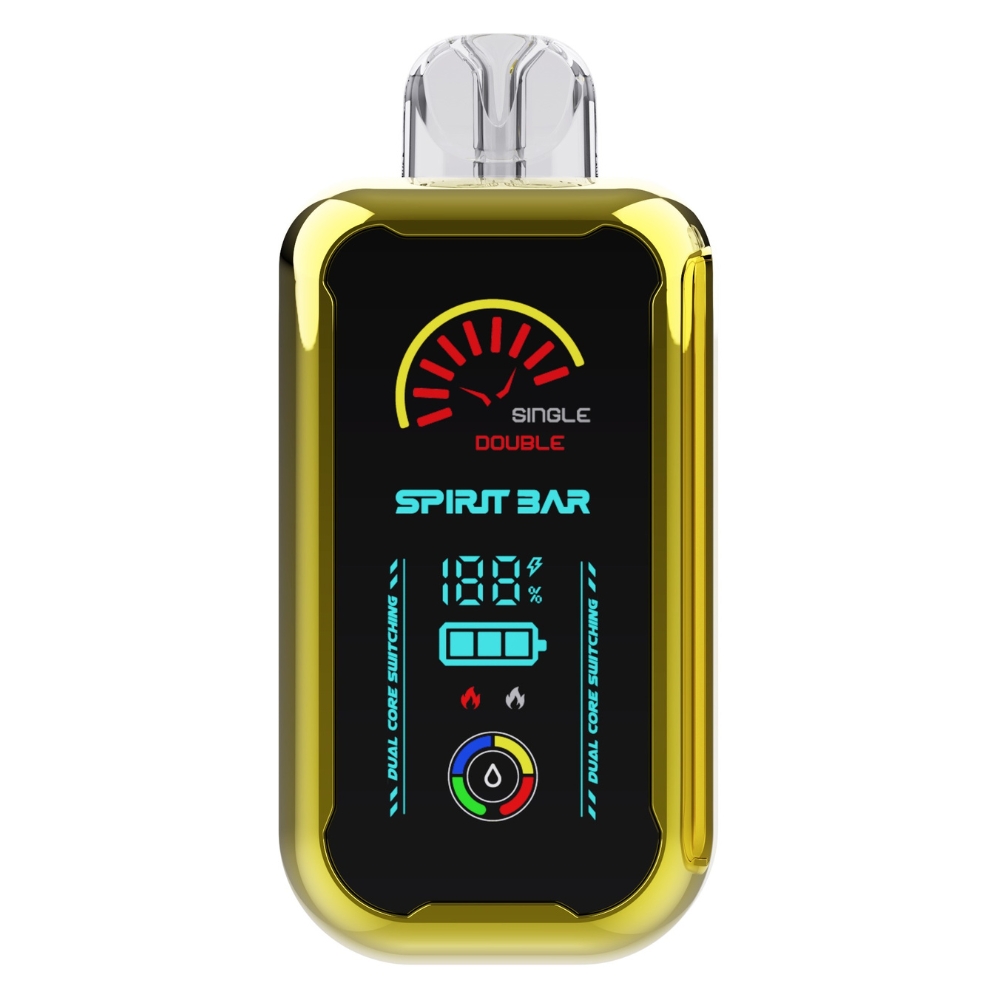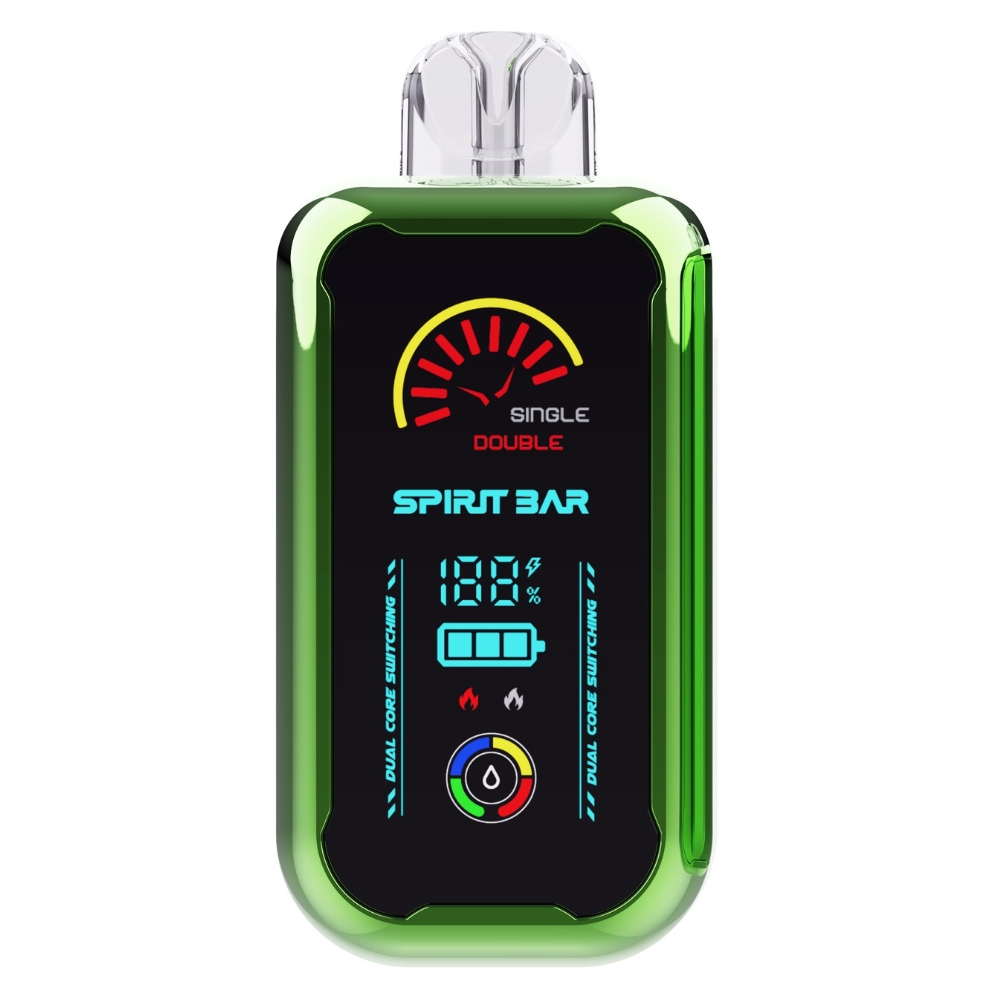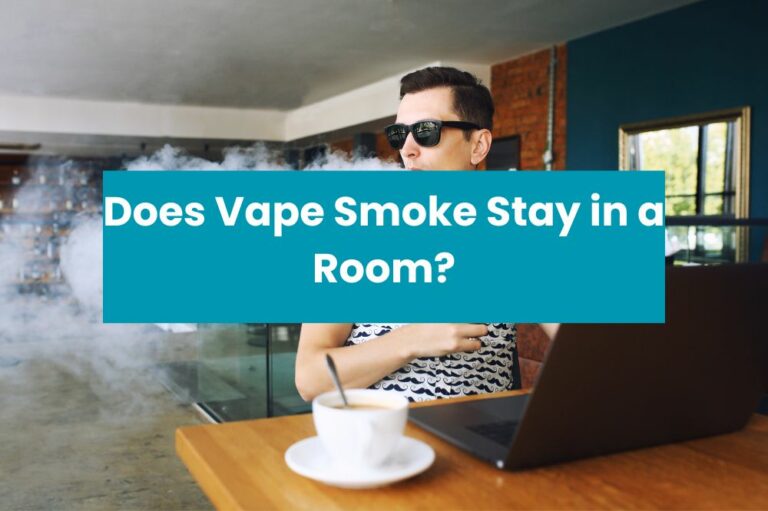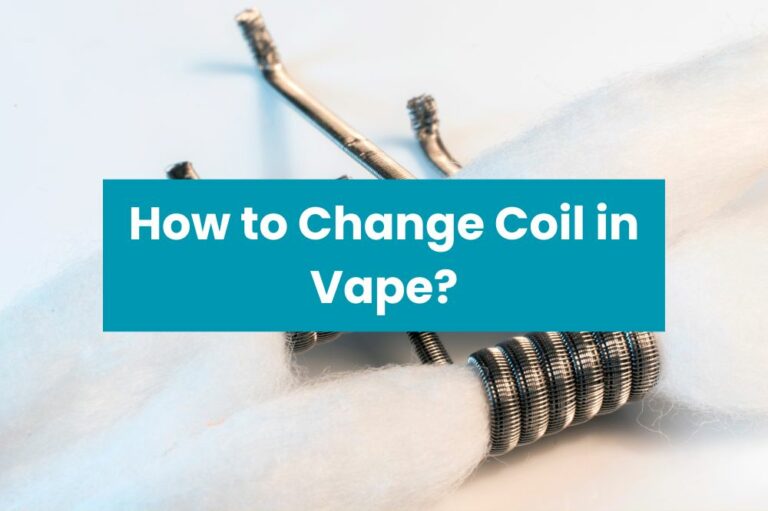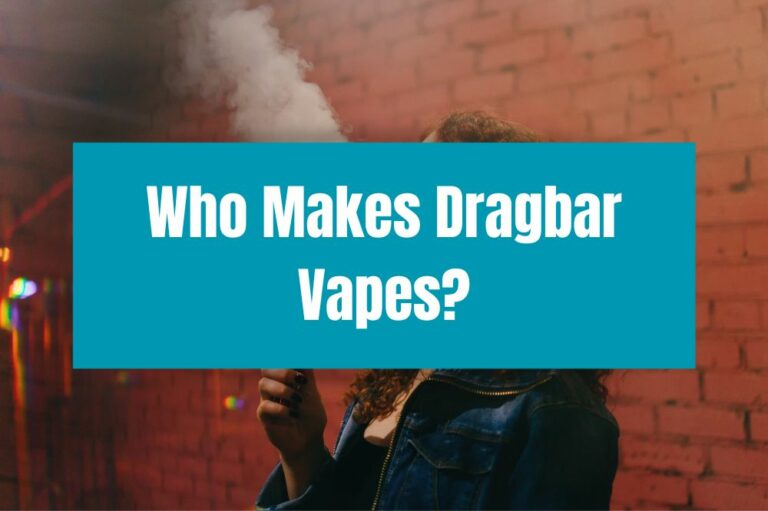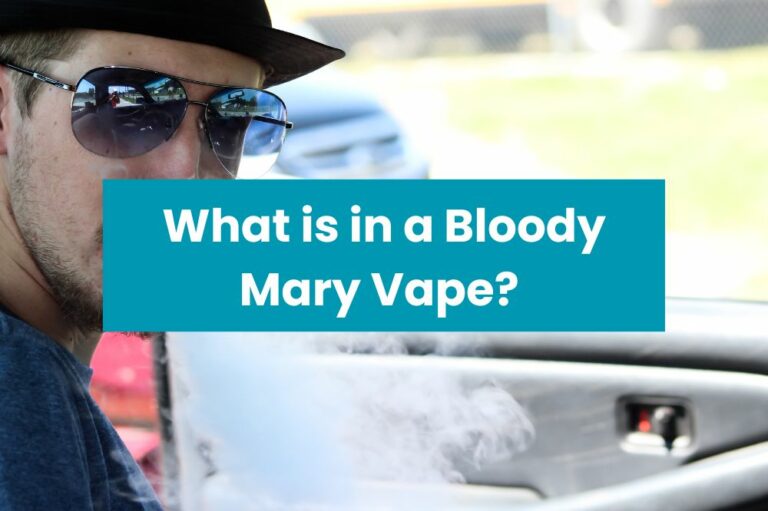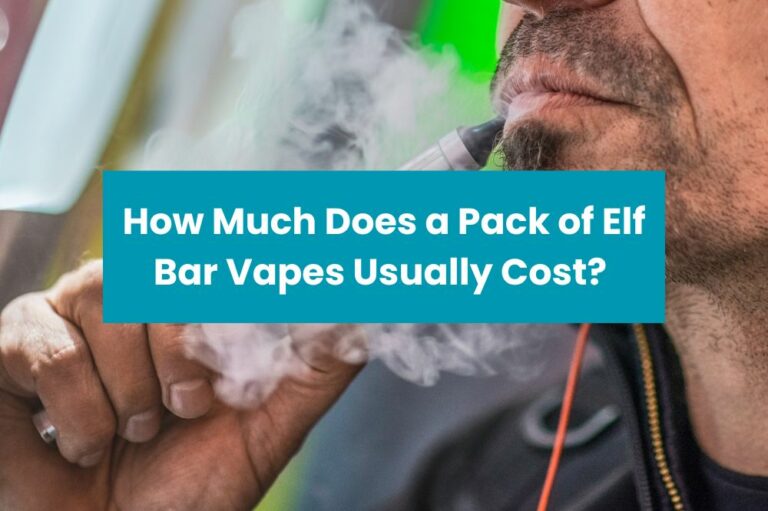Is Vaping Regulated by the FDA?

If you’re a vaper or considering vaping, you may be wondering whether the U.S. Food and Drug Administration (FDA) regulates this popular activity. The answer is yes, but with some important caveats. While the FDA does regulate certain aspects of vaping, such as e-cigarettes and other electronic nicotine delivery systems (ENDS), it does not regulate all aspects of this activity.
According to the FDA, it has the authority to regulate all tobacco products, including ENDS, under the Family Smoking Prevention and Tobacco Control Act. This includes regulating the manufacturing, marketing, and distribution of these products, as well as their ingredients and labeling. However, the FDA does not regulate all aspects of vaping. For example, it does not regulate ENDS accessories, such as lanyards or decorative cases for vapes.
If you’re a vaper, it’s important to understand the FDA’s regulations around vaping. While the agency does regulate certain aspects of this activity, it does not regulate all aspects. This means that you’ll need to do your own research and exercise caution when it comes to choosing vaping products and accessories. By staying informed and making smart choices, you can enjoy vaping while minimizing your risks.
Understanding Vaping
If you’re new to vaping, it’s important to understand what it is and how it works. Vaping involves inhaling vapor from an electronic nicotine delivery system (ENDS), which can take many forms, such as e-cigarettes, vape pens, or vaporizers. The vapor is created by heating a liquid that usually contains nicotine, flavorings, and other chemicals.
One of the main reasons people turn to vaping as an alternative to smoking is because it is often seen as a safer option. However, it’s important to note that vaping is not without risks. The long-term effects of vaping are still being studied, and some research suggests that it can have negative impacts on your health.
The FDA has been working to regulate vaping products since 2016, when it gained regulatory authority over ENDS. This means that manufacturers of vaping products are required to submit applications to the FDA for approval before marketing their products. The FDA also has the authority to take action against companies that violate regulations, such as selling products to minors or making false health claims.
It’s important to note that not all vaping products are created equal. Some products may be safer than others, depending on the ingredients and manufacturing processes used. If you’re considering using vaping as an alternative to smoking, it’s important to do your research and choose a reputable brand that has been approved by the FDA. Additionally, it’s important to follow all safety guidelines and regulations, such as not using vaping products around children or in public spaces where smoking is prohibited.
Overview of FDA
If you are wondering if vaping is regulated by the FDA, the answer is yes. The FDA has been regulating e-cigarettes, vapes, and other electronic nicotine delivery systems (ENDS) since 2016. The regulation of these products is important to ensure their safety and to protect public health.
The FDA regulates ENDS products under the Family Smoking Prevention and Tobacco Control Act (TCA). This law gives the FDA the authority to regulate tobacco products, including ENDS. The FDA has issued several regulations and guidance documents to regulate these products.
One of the main goals of the FDA’s regulation of ENDS is to prevent youth access to these products. The FDA has taken several actions to achieve this goal, including banning the sale of flavored ENDS products in certain retail locations and requiring age verification for online sales.
The FDA also regulates the marketing and labeling of ENDS products. ENDS manufacturers must comply with the FDA’s regulations on product labeling, advertising, and promotion. The FDA has issued warning letters to manufacturers who violate these regulations.
Overall, the FDA’s regulation of ENDS products is important to protect public health and prevent youth access to these products. If you have any questions about the FDA’s regulation of ENDS products, you can visit their website for more information.
FDA’s Role in Vaping Regulation
The FDA has been regulating e-cigarettes, vapes, and other electronic nicotine delivery systems (ENDS) since 2016. The agency’s main goal is to protect public health by ensuring that these products are safe and effective.
Product Approval
Under the FDA’s Deeming Regulations, all ENDS products that were on the market as of August 8, 2016, are required to go through a premarket review process to determine whether they are “appropriate for the protection of public health.” This process is intended to evaluate the risks and benefits of these products and to ensure that they meet certain standards for safety and quality.
Marketing and Advertising Restrictions
The FDA also regulates the marketing and advertising of ENDS products. For example, it is illegal for manufacturers to make any health claims about these products without FDA approval. Additionally, ENDS products cannot be marketed or sold to minors, and manufacturers are required to include warning labels on their products.
Labeling Requirements
Finally, the FDA requires that ENDS products be labeled accurately and clearly. This includes providing information about the ingredients in the product, as well as any potential risks or side effects. Manufacturers are also required to include a warning label on their products that states that nicotine is addictive and that the product should not be used by pregnant women or people with certain medical conditions.
Overall, the FDA’s role in regulating ENDS products is to ensure that these products are safe, effective, and accurately labeled. By doing so, the agency hopes to protect public health and reduce the risks associated with the use of these products.
FDA’s Regulatory Tools
The FDA has several regulatory tools to oversee the manufacturing, marketing, and distribution of e-cigarettes and other electronic nicotine delivery systems (ENDS). These tools include:
Enforcement Actions
The FDA can take enforcement actions against companies that violate regulations related to ENDS products. These actions may include warning letters, fines, seizures, and injunctions. For example, in 2020, the FDA issued warning letters to several companies for selling unauthorized ENDS products.
Public Health Advisories
The FDA may issue public health advisories to inform the public about potential risks associated with ENDS products. These advisories may include information about specific products, ingredients, or health effects. For example, in 2019, the FDA issued a public health advisory warning consumers about the potential risk of seizures and other neurological effects associated with e-cigarette use.
It is important to note that the FDA’s regulatory tools for ENDS products have evolved over time. In 2016, the FDA extended its authority to regulate ENDS products under the Family Smoking Prevention and Tobacco Control Act. This extension gave the FDA regulatory authority over the manufacturing, marketing, and distribution of ENDS products, including e-cigarettes. Since then, the FDA has taken several regulatory actions to address concerns about the safety and efficacy of ENDS products.
Overall, the FDA’s regulatory tools are designed to protect public health by ensuring that ENDS products are safe and effective. If you have any concerns about ENDS products, you should consult with your healthcare provider or contact the FDA for more information.
Impact of FDA Regulation on Vaping Industry
The FDA has been regulating the vaping industry since 2016, and the regulations have had a significant impact on the industry. Here are some of the ways that FDA regulation has impacted the vaping industry:
- Product Registration: The FDA requires all manufacturers of vaping products to register their products with the FDA. This registration process is intended to ensure that all products on the market are safe and meet FDA standards.
- Labeling Requirements: The FDA requires all vaping products to have clear and accurate labeling that includes information such as the nicotine content, ingredients, and health warnings.
- Restrictions on Marketing: The FDA has placed restrictions on the marketing of vaping products. For example, companies are not allowed to make claims that their products are safer than traditional cigarettes unless they have FDA approval.
- Age Verification: The FDA requires all retailers to verify the age of their customers before selling vaping products. This is intended to prevent underage vaping.
- Flavor Ban: In 2020, the FDA banned the sale of flavored vaping products, with the exception of menthol and tobacco flavors. This ban was intended to reduce the appeal of vaping to young people.
Overall, the FDA’s regulations have had a significant impact on the vaping industry. While some companies have struggled to comply with the regulations, others have embraced them as a way to demonstrate their commitment to safety and quality.
Challenges in FDA’s Vaping Regulation
While the FDA has taken steps to regulate vaping, there are still challenges that the agency faces in effectively regulating this industry. Here are some of the challenges:
1. Lack of Comprehensive Regulation
The FDA’s regulation of vaping products is still in its infancy. While the agency has issued some rules and guidance, there is no comprehensive regulatory framework in place. This makes it difficult for the FDA to effectively regulate the industry and ensure that products are safe for consumers.
2. Difficulty in Enforcing Regulations
Even when regulations are in place, enforcing them can be a challenge. The FDA has limited resources and cannot inspect every vaping product that comes to market. This means that some products may slip through the cracks and be sold without proper approval or labeling.
3. Rapidly Evolving Industry
The vaping industry is constantly evolving, with new products and technologies being developed all the time. This makes it difficult for the FDA to keep up with the latest trends and regulate products effectively.
4. Lack of Long-Term Data
One of the biggest challenges facing the FDA is the lack of long-term data on the health effects of vaping. While there is evidence to suggest that vaping is less harmful than smoking, the long-term effects of vaping are still unknown. This makes it difficult for the FDA to determine the appropriate level of regulation for vaping products.
5. Black Market Products
Finally, the black market for vaping products presents a significant challenge for the FDA. These products are often sold without proper labeling or regulation, and may contain harmful substances. The FDA has limited ability to regulate these products, making it difficult to protect consumers from the risks associated with them.
Overall, while the FDA has taken steps to regulate vaping, there are still significant challenges that the agency faces in effectively regulating this industry.
Future of Vaping Regulation under FDA
As of today, the regulation of vaping products in the United States is under the jurisdiction of the Food and Drug Administration (FDA). The FDA has implemented several regulations in recent years to address concerns about the safety of vaping products and their impact on public health.
One of the most significant regulations introduced by the FDA is the requirement for all vaping products to undergo pre-market review. This means that manufacturers must submit their products to the FDA for testing and approval before they can be sold in the United States.
The FDA has also restricted the sale of vaping products to minors, with a ban on the sale of e-cigarettes and other electronic nicotine delivery systems (ENDS) to anyone under the age of 18. Retailers are required to verify the age of their customers before selling any vaping products.
In addition to these regulations, the FDA is also considering new rules that could have a significant impact on the vaping industry. One proposal under consideration would limit the amount of nicotine in vaping products, with the goal of reducing their addictive potential.
Another proposal would require manufacturers to include warning labels on their products, similar to those found on cigarette packages. These warning labels would provide information about the potential health risks associated with vaping, including the risk of addiction and the potential for lung damage.
Overall, the future of vaping regulation under the FDA is likely to involve a continued focus on product safety and public health. As new research emerges about the potential risks and benefits of vaping, the FDA will likely continue to update its regulations to reflect the latest scientific evidence.

